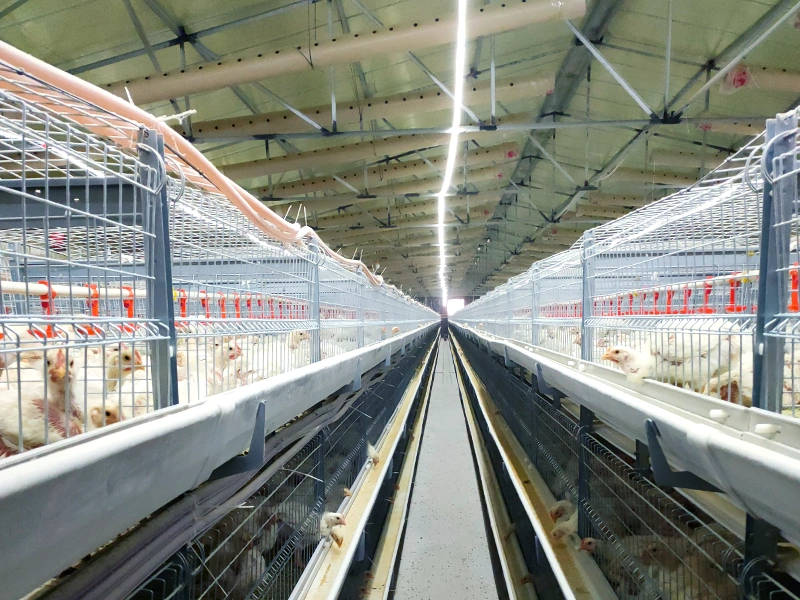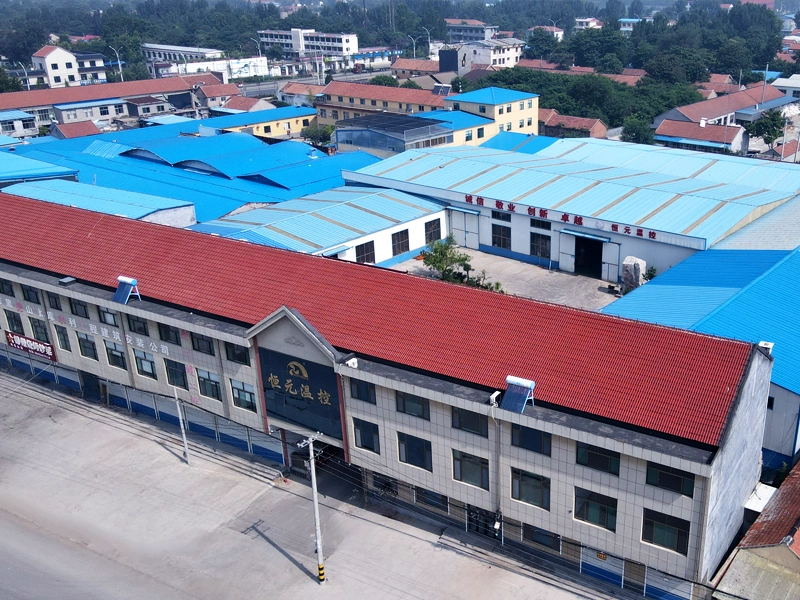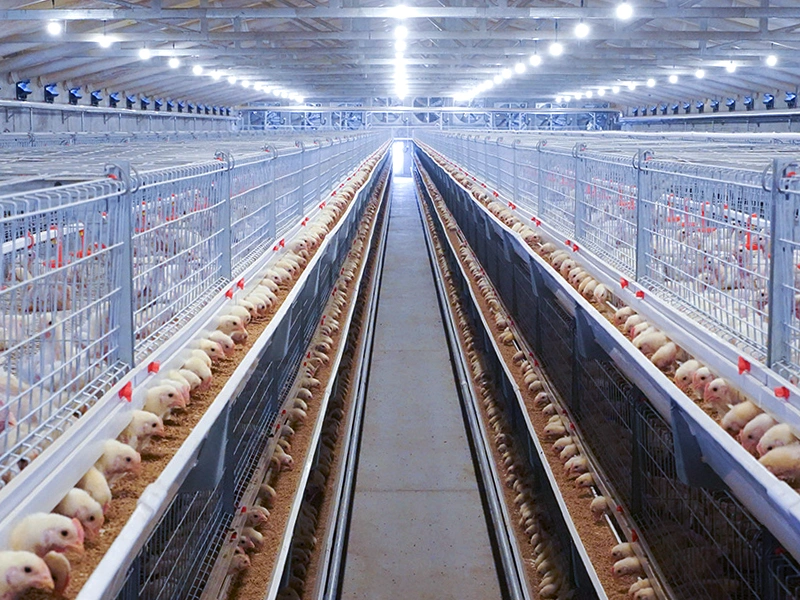Performance characteristics of push-pull fans
Release time:
2025-04-24
The basic processing flow of canned food generally includes a series of processes such as raw material selection, cleaning, peeling, cutting, pre cooking, adding auxiliary materials, sterilization, exhaust, cooling, and packaging. Each stage requires strict quality control, as any operational errors can affect the quality of the final product.
Firstly, the selection of raw materials is crucial as it is the fundamental step in ensuring the quality of canned food processing. Based on the requirements of canned food, fresh, appropriately sized, and mature raw materials should be selected. The surface of the raw materials should be free from diseases and mechanical damage, and any dried, rotten, or oversized materials should be removed to facilitate subsequent operations.
Secondly, remove the skin. For certain raw materials, peeling treatment is required, such as peaches, oranges, etc. During the peeling process, pay attention to protecting the flesh and maintain its original shape. Any damaged parts during the peeling process should be treated separately. In this process, there are still some raw materials that need to be de nucleated, such as hawthorn. When de nucleating, the principle of reducing waste should be followed, and the original shape of the raw materials should not be destroyed.
Thirdly, cut it into pieces. For some raw materials with large volumes, they need to be cut into small pieces for easy storage and consumption. When cutting, according to the requirements of canned packaging and the characteristics of the raw materials, appropriate cutting methods and sizes should be used, and damaged parts should be treated separately.
Fourth, pre cooking. In the pre cooking stage, it is necessary to choose the appropriate temperature and time according to the different varieties of raw materials to ensure their maturity.
Fifth, the addition of auxiliary materials. The addition of auxiliary materials is to ensure the taste and storage time of canned food. The required auxiliary materials must undergo quality inspection and will not cause harm to the human body. When adding auxiliary materials, it is necessary to choose the appropriate type and quantity according to the requirements of the raw materials to prevent the auxiliary materials from exceeding the standard.
Sixth, sterilization, exhaust, and cooling. This is the most critical step, and sterilization is related to the shelf life of canned food. Therefore, the sterilization process used for different canned foods is also different. As this step is more important, it will be further elaborated below.
The seventh and final step is to make canned products.
recommend Content
2025-04-24
Share






